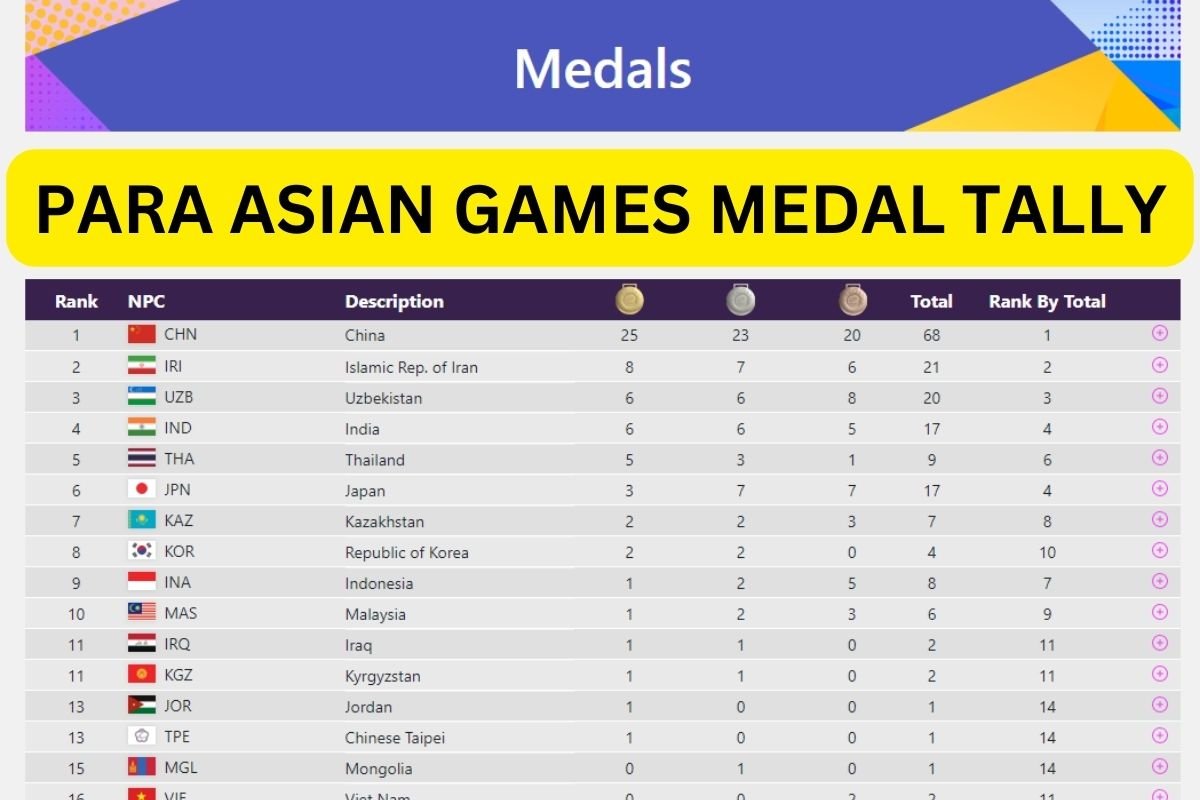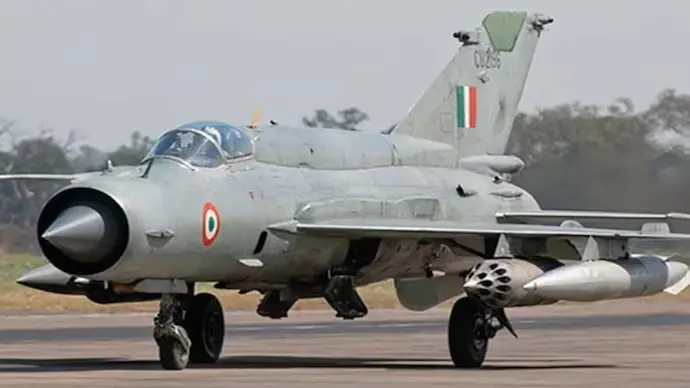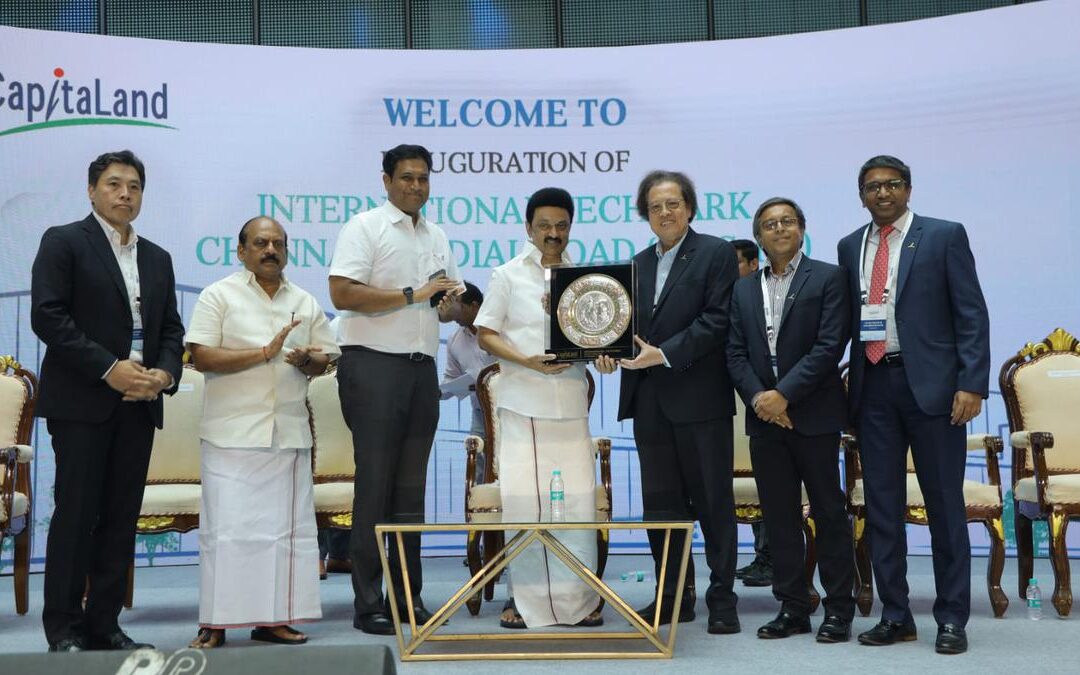NOVEMBER 01,2023
by staff-login | Nov 1, 2023 | Uncategorized

INDIA’S ‘DEEP OCEAN MISSION’ – SAMUDRAYAAN

- India’s flagship deep ocean mission, ‘Samudrayaan’, was initiated in 2021 by the Minister of Earth Sciences.
- It is India’s ambitious quest to explore and harness the depths of the ocean.
- India will embark on a journey to a depth of 6,000 metres in the ocean using an indigenously developed submersible with a three-member crew.
- It is chiefly implemented by the Ministry of Earth Science (MoES).
The mission has six pillars:
- Development of technologies for deep-sea mining and a manned submersible to carry three people to a depth of 6,000 metres in the ocean. The submersible will be equipped with a suite of scientific sensors, tools and an integrated system for mining polymetallic nodules from the central Indian Ocean;
- Development of ocean climate change advisory services, involving an array of ocean observations and models to understand and provide future climate projections;
- Technological innovations for the exploration and conservation of deep-sea biodiversity;
- Deep-ocean survey and exploration aimed at identifying potential sites of multi-metal hydrothermal sulphidesmineralisation along the Indian Ocean mid-oceanic ridges;
- Harnessing energy and freshwater from the ocean; and
- Establishing an advanced Marine Station for Ocean Biology, as a hub for nurturing talent and driving new opportunities in ocean biology and blue biotechnology.
Significance of Deep Ocean Mission:
- The ‘New India 2030’ document outlines a blue economy as the sixth core objective for India’s growth. The years 2021-2030 have been designated by the United Nations as the ‘Decade of Ocean Science’.
- DOM is one of nine missions under the Prime Minister’s Science, Technology, and Innovation Advisory Council(PMSTIAC). DOM supports the blue-economy priority area, blue trade, and blue manufacturing in India.
- The NIOT, an autonomous institute under MoES, has been entrusted with the development of ndigenous technologies to address engineering challenges associated with exploring and utilising oceanic resources.
- As a part of DOM,
- In ‘Samudrayaan’, India is embarking on a groundbreaking crewed expedition to reach the ocean bed at a depth of 6,000 m in the central Indian Ocean.
- It will be accomplished by Matsya6000, a deep-ocean submersible designed to accommodate a crew of three members.
- It is equipped with a suite of scientific sensors and tools.
- It has an operational endurance of 12 hours, which is extendable to 96 hours in the event of an emergency.
- It is also working on an integrated system to mine polymetallic nodules of precious minerals from the central Indian Ocean bed.
- NIOT has successfully conducted deep-sea locomotion trials on the seabed at a depth of 5,270 m using our underwater mining system, ‘Varaha’.
- This milestone is a step towards future exploration and harvesting of deep-sea resources.
- India has committed to the sustainable extraction of valuable resources, including polymetallic nodules and polymetallic sulphides.
- Polymetallic nodules contain precious metals like copper, manganese, nickel, iron, and cobalt, are found approximately 5,000 m deep, and polymetallic sulphides occur at around 3,000 m in the central Indian Ocean.
Matsya6000:
- The Matsya6000 is India’s flagship deep-ocean human submersible.
- The primary mission of Matsya6000 is exploration.
- It aims to reach the ocean bed at a depth of 6,000 m.
- It is accompanied by three crew members.
- The submersible carries a suite of scientific tools and equipment designed to facilitate observations, sample collection, basic video and audio recording, and experimentation.
- Constructed from a titanium alloy, the sphere is engineered to withstand pressures of up to 6,000 bar.
- It is equipped with propellers enabling movement in all six directions.
- It features three viewports that allow the crew to observe its surroundings.
- There will be about 12 cameras and 16 lights powered by lithium polymer batteries with an energy budget of 1 kWh.
- Communication will be through an acoustic phone and modem.
- The dimensions of Matsya are 9 m (l), 3 m (b), and 5 m (h).
- It will function as a free-floating system, for energy efficiency.
- It can move at a speed of about 5.5 km/hr using underwater thrusters.
Deep Ocean Mission by other Countries:
- The U.S.A, Russia, China, France, and Japan have already achieved successful deep-ocean crewed missions.
- It is aligned with the vision of ‘Atmanirbhar Bharat’.
INDIA’S FIRST NET ZERO BUSINESS PARK – CHENNAI

- CapitaLand Investment Limited (CLI) is the first business park in India to be certified by the Indian Green Building Council (IGBC) as Net Zero for energy efficiency, water conservation and waste management.
- It is located in Chennai.
PLACES IN NEWS
Venezuela
- It is a country on the northern coast of South America.
- To the northwest are the Andes Mountains and the colonial town of Mérida, a base for visiting Sierra Nevada National Park. Caracas, the capital, is to the north.
- The country’s economy is strongly depending on hydrocarbons, as well as on loans from China and Russia.
- Traditionally, petroleum represents more than 85% of Venezuela’s exports.
ASIAN PARA GAMES 2023 MEDAL TALLY

- India finished the Asian Para Games 2023 with a best-ever medal tally of 111 medals – 29 gold, 31 silver and 51 bronze. It was held in Hangzhou, the People’s Republic of China.
- This was India’s best-ever medal tally at the continental meet, surpassing the previous record haul of 72 medals, including 15 gold, from the 2018 Asian Para Games.
- India had sent its 303 athletes – 191 men and 112 women – to the fourth edition of the Asian Para Games held in Hangzhou from from October 22 to 28.
- It the country’s largest contingent to the continental event. At the 2018 Asian Para Games, India had sent 190 athletes.
- India finished fifth on the Asian Para Games 2023.
- It was behind China, Iran, Japan and the Republic of Korea. China won 521 medals.
- Indian para athletes also broke three world records in Hangzhou.
INDIA’S FISCAL DEFICIT
Why is in news?

- India’s fiscal deficit for the first half of the fiscal year 2023 (ending in September) was 7.02 lakh crore rupees.
- It is equivalent to 39.3% of annual estimates.
- The government aims to reduce the fiscal gap to 5.9% of GDP from 6.4% in the previous financial year.
About Fiscal deficit:
- Fiscal deficit is the difference between the government’s total expenditure and its total revenue (excluding borrowings).
- It is an indicator of the extent to which the government must borrow in order to finance its operations and is expressed as a percentage of the country’s GDP.
‘ONE NATION, ONE REGISTRATION PLATFORM’

- The National Medical Commission (NMC) is the regulatory body for medical education and medical professionals.
- It is all set to launch its “one nation, one registration platform” for doctors across the country.
- It is set to eliminate duplication and red tape and allow the public to access information on any physician working in India.
- The idea is to provide an ID to undergraduate students on the National Medical Register (NMR).
- This ID can be used to update any further qualification.
- The data of nearly 14 lakh doctors in the system will be transferred to the NMR.
IAF PHASES OUT MIG-21 FIGHTER SQUADRON

- The Indian Air Force (IAF) phased out MiG-21 fighter squadron based at Uttarlai.
- IAF is re-equipping it with SU-30MKIs.
- The MiG-21s will be entirely phased out by 2025.
- It will be replaced by the indigenous Light Combat Aircraft (LCA)-MK1A.







